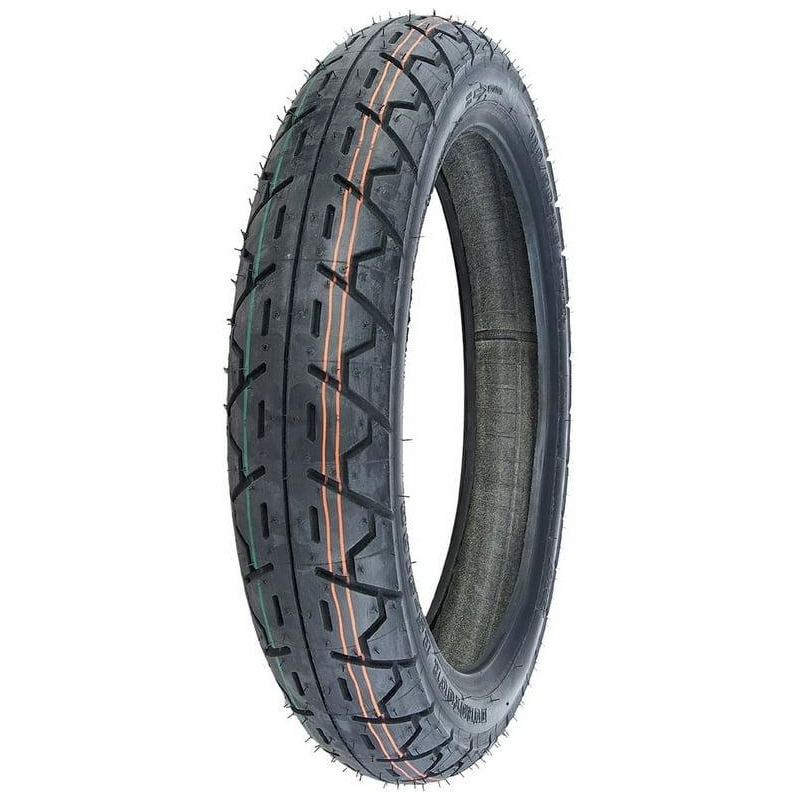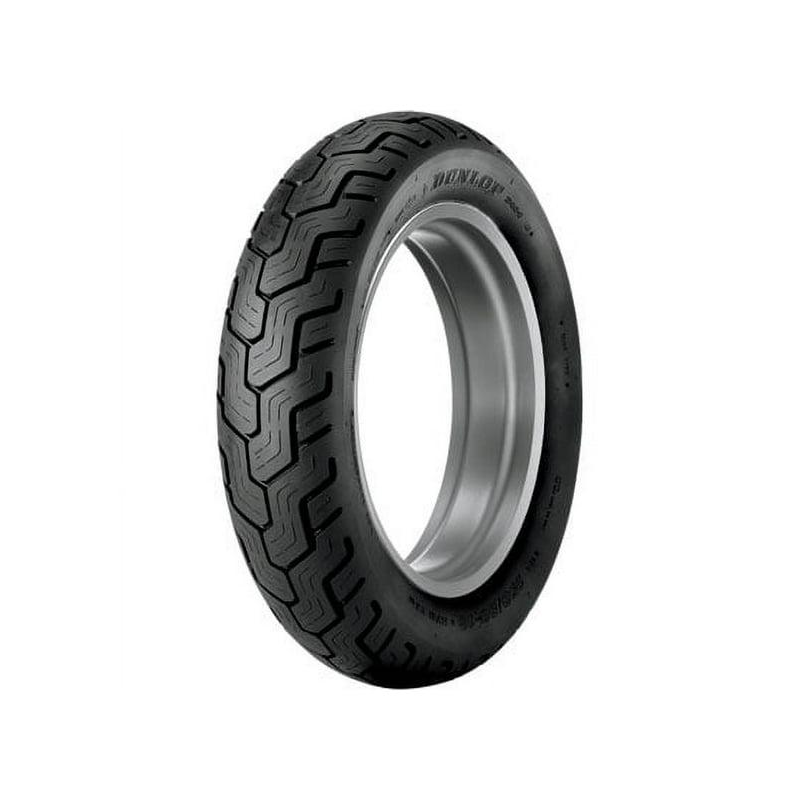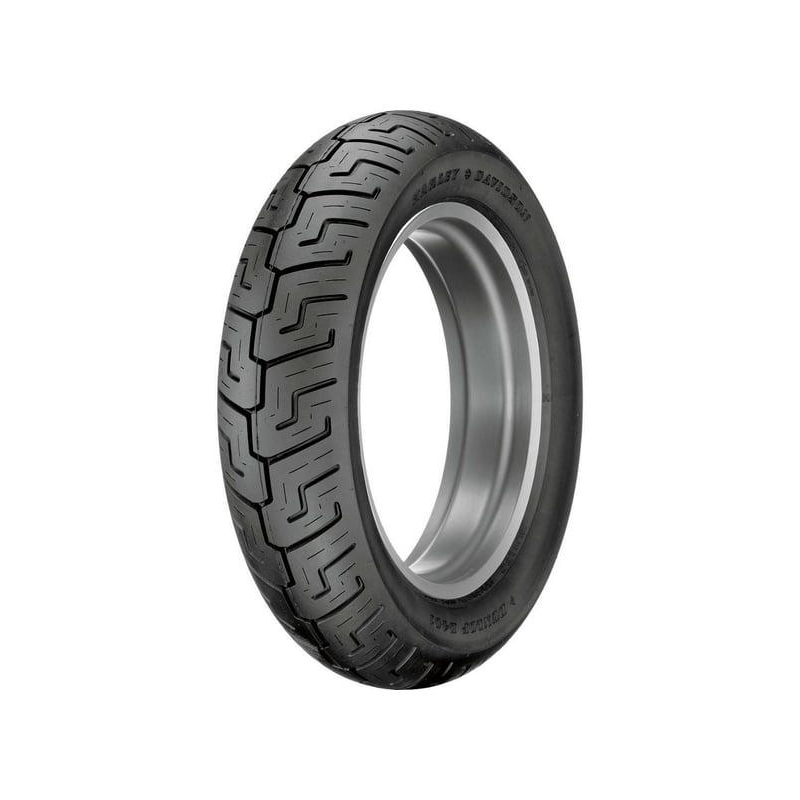When it comes to maintaining your bicycle, knowing how to measure bike tires correctly is essential for both performance and safety. Properly fitted tires play a crucial role in ride quality, grip, and fuel efficiency. Many cyclists, especially beginners, may overlook the importance of correctly measuring their bike tires. Incorrect tire measurements can lead to suboptimal performance, increased wear and tear, and even safety hazards. Therefore, learning how to measure bike tires accurately will not only enhance your cycling experience but also help you make informed decisions when purchasing new tires. In this comprehensive guide, we will break down the methods used to measure bike tires, discuss various types of tires, and provide practical tips to ensure that you always have the correct size for your ride.

Understanding Bike Tire Specifications
Before diving into how to measure bike tires, it’s essential to familiarize yourself with the terminology and specifications related to bike tires. Every bike tire comes with a set of parameters that describe its size and design. Here are the key terms you need to know:
- Width: This measurement refers to the distance from one sidewall of the tire to the other. Common widths range from 23mm for racing tires to 2.5 inches for mountain bikes.
- Diameter: This measurement signifies the total diameter across the tire’s tread. It is essential because it affects wheel compatibility. Common diameters include 26 inches, 27.5 inches, and 29 inches for mountain bikes, and 700c for road bikes.
- ETRTO: The European Tire and Rim Technical Organization (ETRTO) provides a standardized system for measuring tires. The ETRTO size is usually noted in millimeters, displaying the tire width and rim diameter. For instance, a tire labeled 25-622 means it is 25mm wide and fits a rim with a 622mm diameter.
Understanding these specifications is vital when learning how to measure bike tires, as they will help you choose the correct size and ensure compatibility with your bike.
Tools Needed for Measuring Bike Tires
Having the right tools will make the process of measuring bike tires more straightforward and accurate. Here’s a list of essential tools that you’ll need:
- Tape Measure: A reliable tape measure will help you take precise measurements of the tire’s width and diameter.
- Caliper: A digital caliper can provide more accurate measurements, especially when assessing tight tolerances in tire width.
- Pump with a Gauge: An air pump with a built-in pressure gauge will ensure that you maintain the correct tire pressure, an essential factor related to proper tire measurement.
- Tire Lever: A tire lever can be useful if you need to remove the tire from the rim for more in-depth measurements or inspections.
- Marker: A marker can help you mark measurements directly on the tire if necessary.
Having these tools on hand will streamline the process and help ensure accurate measurements as you learn how to measure bike tires effectively.
How to Measure Bike Tire Diameter
Measuring the diameter of your bike tires correctly is crucial for compatibility with your rims. Here’s how to do it:
- Remove the Wheel: Start by detaching the wheel from the bike. Release the brake calipers if needed to ease the removal process.
- Find the Center of the Rim: Place the wheel on a flat surface with the valve stem facing upwards. The valve stem is usually located at the rim and serves as the reference point.
- Use a Tape Measure: Measure from the center of the rim (where the valve stem is situated) straight across to the outer edge of the tire tread. This distance will yield the radius.
- Double the Radius: Multiply the radius measurement by two to obtain the total diameter of the tire. Make sure you consider whether your measurement needs to be in inches or millimeters, as bike sizes are often indicated in various units.
- Document the Size: Record your measurement, noting it in your bike maintenance book or smartphone, so you can easily refer back to it when needed.
By following these steps, you’ll accurately know how to measure bike tires’ diameter, ensuring compatibility with your wheels and rims.
How to Measure Bike Tire Width
Measuring the width of your bike tires is just as important as measuring the diameter. Below is a step-by-step guide on how to do this accurately.
- Leave the Tire Inflated: Before you measure, ensure that the tire is adequately inflated to the recommended pressure. A deflated tire may give an inaccurate measurement.
- Select the Measuring Point: Identify the point on the tire where you want to measure the width. The most common approach is to measure at the tire’s widest point.
- Use a Tape Measure: Place one end of the tape measure on the outer sidewall of the tire and extend it to the opposite outer sidewall.
- Read and Record the Measurement: Note your measurement in millimeters or inches, depending on the preferred unit. It’s prudent to measure a couple of locations around the tire to ensure consistency.
- Check Compatibility: Compare your width measurement to the specifications recommended for your bike’s rims. Ensure that the width is within the acceptable range for your bike model.
By accurately measuring the tire width, you can confidently select the right tires that fit your cycling preferences and specifications.

Understanding Different Tire Types and Their Measurements
Different types of bike tires come with varied sizes, specifications, and purposes. Understanding these tire types helps you make informed decisions when measuring and selecting tires. Here’s a closer look at the major types of bike tires:
- Road Bike Tires: Typically narrow with widths ranging from 23mm to 32mm, road bike tires are designed for smooth, paved surfaces. The diameter is often 700c.
- Mountain Bike Tires: These tires are wider, often varying from 1.9 inches to 2.5 inches, designed for rough terrain. Mountain bike tires may have diameters of 26”, 27.5”, or 29”, depending on the bike model.
- Hybrid and Commuter Tires: Bridging the gap between road and mountain tires, these tires usually have widths ranging from 28mm to 42mm and are often used for urban commuting. Their diameters can be 700c or 26”.
- Cyclocross Tires: These tires fall between road and mountain bike tires in terms of sizing. They usually have widths of 30mm to 40mm, allowing for performance on varied terrains, and typically have a diameter of 700c.
- Folding Tires: Commonly found in recreational and touring bikes, they come in a variety of sizes. Their key feature is the foldable design, which allows them to be stored easily.
By understanding the different types of bike tires and their corresponding measurements, you will be able to make informed decisions about what tires will best suit your biking needs.
Tire Pressure and Its Impact on Performance
While understanding how to measure bike tires is critical, another factor that greatly influences tire performance is tire pressure. The pressure in your tires affects handling, ride comfort, and safety. Here’s how to check and maintain proper tire pressure:
- Recommended Pressure Levels: Tire pressure is typically indicated on the sidewall of the tire. It is expressed in PSI (pounds per square inch). Depending on the tire type, the recommended pressure can vary significantly.
- Using a Pressure Gauge: A digital or analog pressure gauge can help you accurately gauge the current pressure in your tires. Simply remove the valve cap, press the gauge onto the valve stem, and note the reading.
- Adjusting Pressure: If the tire pressure is below the recommended level, use an air pump to inflate it to the specified PSI. Conversely, if the tire is over-inflated, release some air until you reach the desired level.
- Regular Checks: Tire pressure should be checked regularly, especially before long rides and during temperature changes. It’s essential to maintain proper inflation to ensure optimal performance and safety.
- Effects of Improper Pressure: Riding with under-inflated tires can lead to decreased efficiency and increased wear, while over-inflated tires may result in a harsh ride and increased risk of blowouts.
By tailoring your tire pressure according to your riding style and conditions, you can significantly enhance comfort and performance on your bike.
Maintaining and Caring for Your Bike Tires
Understanding how to measure bike tires is only part of the challenge; maintaining and caring for them is essential for ensuring longevity and performance. Here are some practical tips:
- Regular Inspections: Routinely check your tires for any signs of wear, such as bald spots, cracks, or punctures. Pay attention to the tread pattern, as this can indicate how the tire is performing.
- Keep Tires Clean: Cleaning your tires can prevent dirt buildup that may affect performance. Use mild soap and water to wipe off any debris or grime.
- Store Properly: When storing your bike, keep it in a cool, dry place. Avoid exposing tires to direct sunlight for prolonged periods, as UV rays can degrade rubber.
- Rotate Tires: Just as with vehicles, rotating tires can help extend their life. If your bike has similar tires front and rear, swapping them periodically can promote even wear.
- Stay Informed: Keep an eye on new developments in tire technology and products. Innovations can improve your riding experience, enhance performance, and increase safety.
How Weather Influences Tire Health
Environmental factors significantly impact tire health. Weather conditions can wear down tires more quickly or change their performance characteristics. Here’s how to adapt to different weather conditions:
- Hot Weather: Higher temperatures can increase tire pressure, making it crucial to check and adjust accordingly.
- Cold Weather: Cold temperatures can decrease tire pressure. Regular checks are essential during winter months.
- Wet Conditions: Wet roads can lead to hydroplaning. Consider using tires with better tread patterns for wet conditions.
- Snow and Ice: If you live in regions with harsh weather, consider using specialized tires designed for winter conditions. These are typically made with softer rubber compounds to remain pliable in low temperatures.
By taking these environmental factors into account, you can maximize the performance and safety of your bike tires regardless of the conditions you ride in.

Conclusion
In summary, learning how to measure bike tires accurately is essential for maintaining tire performance, ensuring safety, and enhancing the overall cycling experience. By understanding the different measurements—diameter and width—as well as the various tire types available, you can make more informed choices. Additionally, regular monitoring of tire pressure and implementing maintenance practices increases longevity and performance.
Bicycle tires are the crucial interface between the bike and the road, making it vital to keep them in good condition. Proper measurements help with achieving optimal fit and performance, contributing to a more enjoyable ride. Armed with the knowledge from this guide, you’ll feel more confident in maintaining your bike’s tires effectively, allowing you to focus on the joys of cycling.